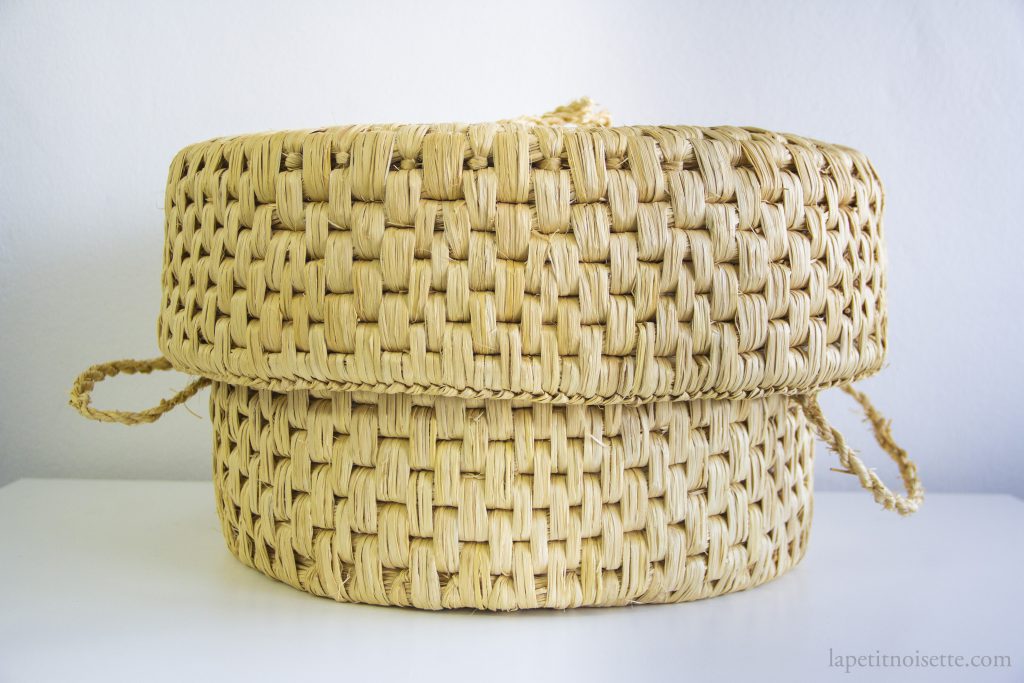
In this article, I’d like to elaborate more on the straw baskets used to keep rice warm in sushi restaurants called warabitsu or warazumi (わらいずみ/藁櫃). You’ll usually find it inconspicuously sitting on a stool just by the arm of the sushi chef as he rhythmically reaches into it and grabs rice to shape into nigiri. It plays an extremely important part of the restaurant not only because it maintains the temperature of the rice, but also because it acts as a symbol that the restaurant stays true to tradition.
Made from natural straw, each warabitsu is carefully woven together, making it a task that not only requires a lot of skill, but is also labour intensive. As such, there are only a few craftsmen left in Japan who have the knowledge needed to make one. Because of this, it can take up to 3 months at minimum for one to be made after placing an order. Even amongst sushi restaurants, warabitsus are items that chefs keep multiple of just in case.
I remember visiting my master’s apartment once and seeing multiple warabitsu and Nakagawa Ippento’s claypot rice cookers sitting in the store room, waiting for the day it’s needed. Even the famous Sukiyabashi Jiro says in his book, quote: ‘While a warabitsu merely slows down the rate the rice cools at, it’s best to apply this natural way for shari. If not, we can’t make delicious nigiri. I’m certain of it, so in preparation for “warabitsu extinction day,” which may arrive soon, I have a few replacements.’
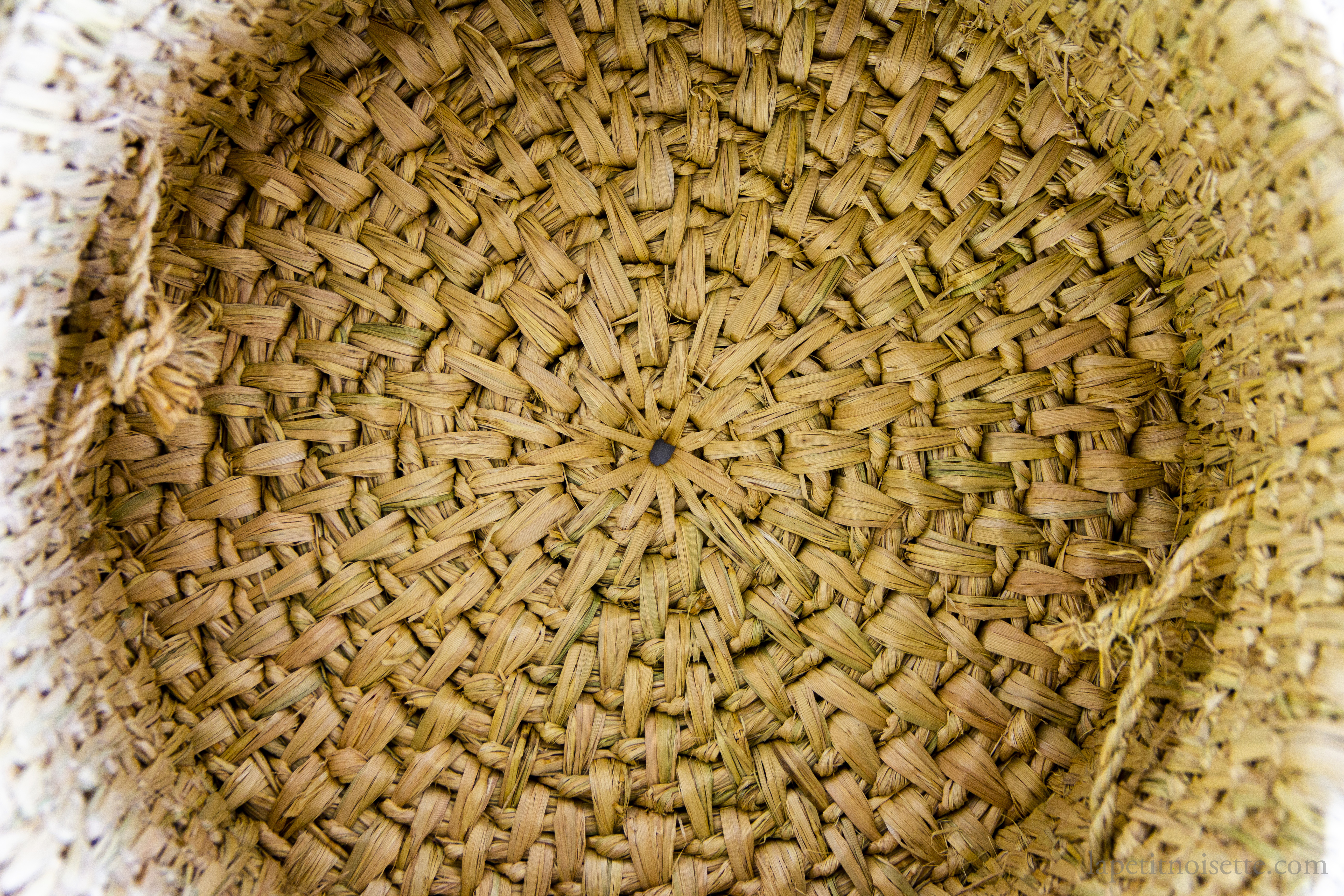
From what I heard, it used to be that every household owned a warabitsu as it used to be the only way to keep rice warm. However, nowadays outside a sushi restaurant a warabitsu is basically a collectors item as everyone keeps their rice hot using an electric warmer or the automatic function on their rice cooker. The problem here is that constant heating of the rice eventually causes the rice to dry out. Though I must say that the technology for keeping rice hot electronically has basically been perfected if you are willing to fork out enough money. The key idea in a sushi restaurant isn’t to try and keep the rice as hot as it was freshly cooked, but to maintain it at a warm temperature. In fact, I’d argue that the gradual cooling of the rice is built into the flow and ebb of the meal, with the sequence of nigiri being served tailored to which type of fish suits what temperature of rice. This is something that is incredibly hard to justify programming into an electric rice heater, as all heaters and cookers are designed to maintain the temperature above 60°C, which is the safe zone above which bacteria can’t grow.
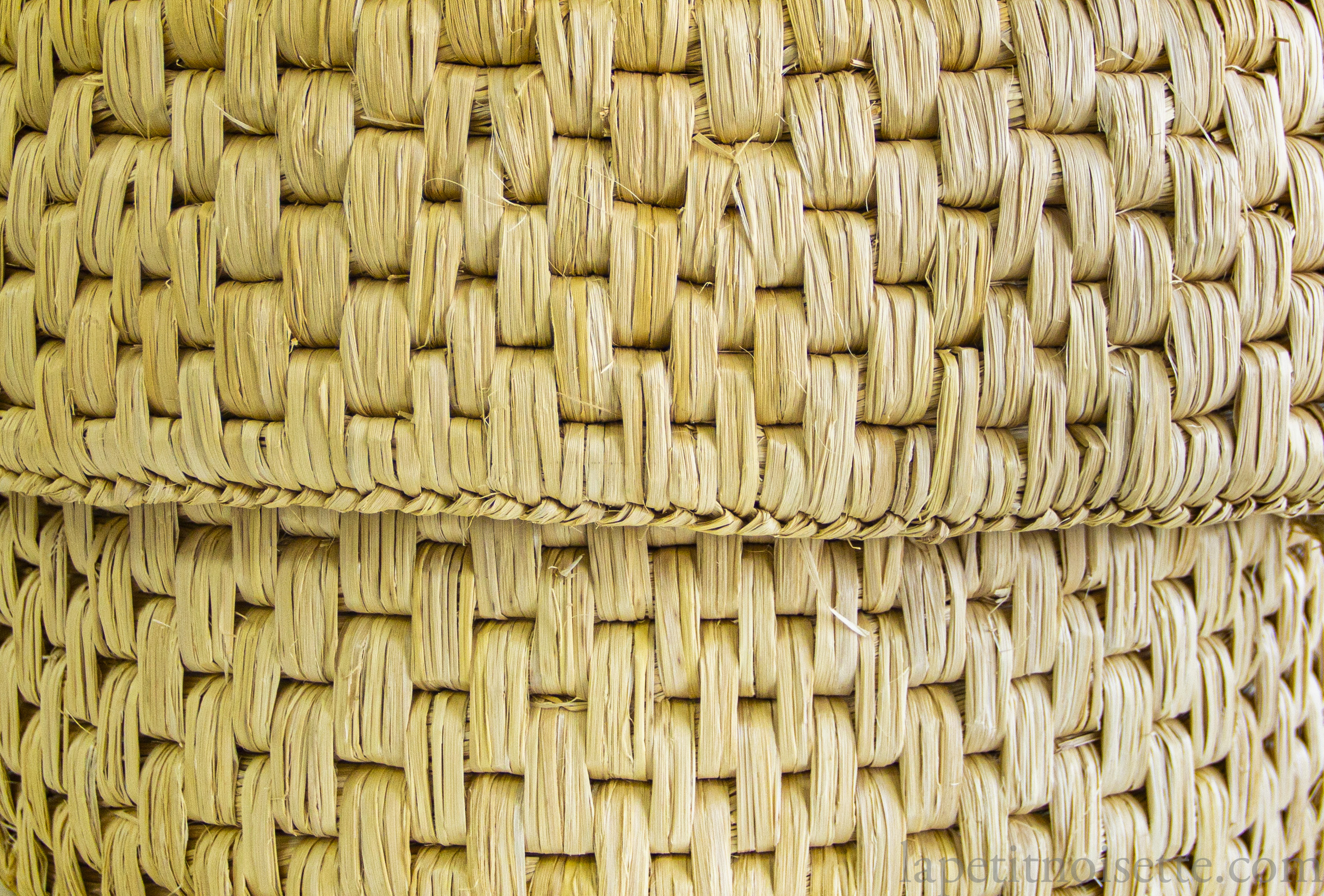
This leads on to another interesting point about keeping rice warm. After being mixed with vinegar, the rice is then scooped into a cylindrical cypress container called an ohitsu, before the ohitsu itself is placed inside the warabitsu.
This means that the heat from the cooked rice is double insulated, from a thick layer of cypress, followed by a thick layer of straw from the warabitsu. This means that there’s no external heat source applied to the rice and thus will slowly cool down over time. Whilst straw itself already has good heat retention properties, when a warabitsu is woven, it is crocheted in a way that layers the straw in order to increase its heat insulation properties. Sadly, the rice will actually still cool down over a 3 hour service meal, and even our restaurant had to cheat a bit by adding a hot water bottle inside the warabitsu before putting the ohitsu on top.
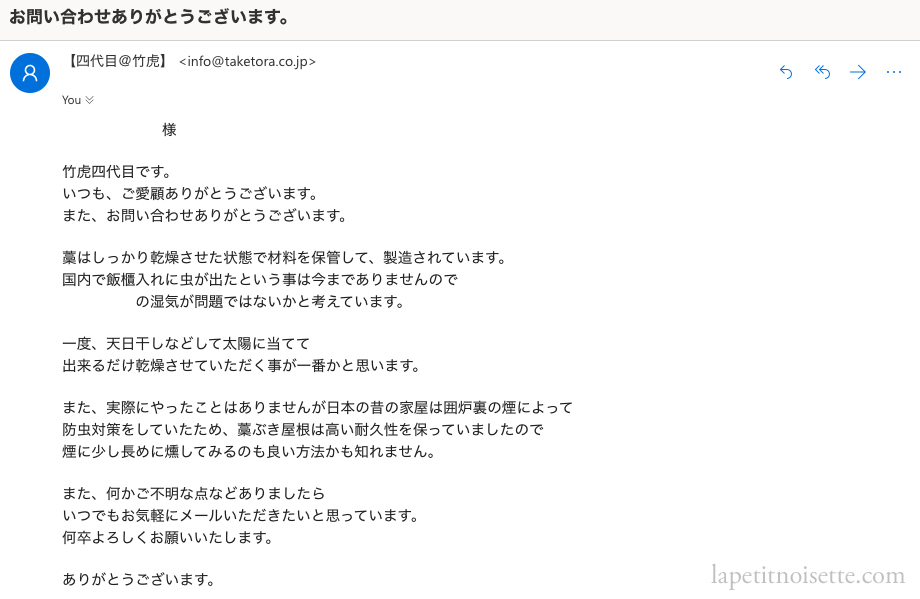
How to clean and maintain a warabitsu?
Luckily, maintaining a warabitsu is fairly easy given that it never comes into contact with food or water. However, its main downside is that it’s made from untreated straw and stuff can easily be damaged with tears and scratched, with a bit of straw breaking off or fraying. In our restaurant, we never ever cleaned the warabitsu, though the ohitsu that goes into it is polished and washed everyday. However, in the event that your warabitsu does get dirty, it’s possible to wipe it down with a wet towel or even wash it quickly under running water before drying it with a towel. Do not however, dry it in direct sunlight as it might cause the straw to degrade. Instead, dry it completely in a well ventilated place. Never ever, god forbid, soak it in water or place it in a dishwasher. In case of storing for long term, do not store it wrapped up or in a plastic bag, especially if you live in a humid country, as that will promote mould growth on the straw.
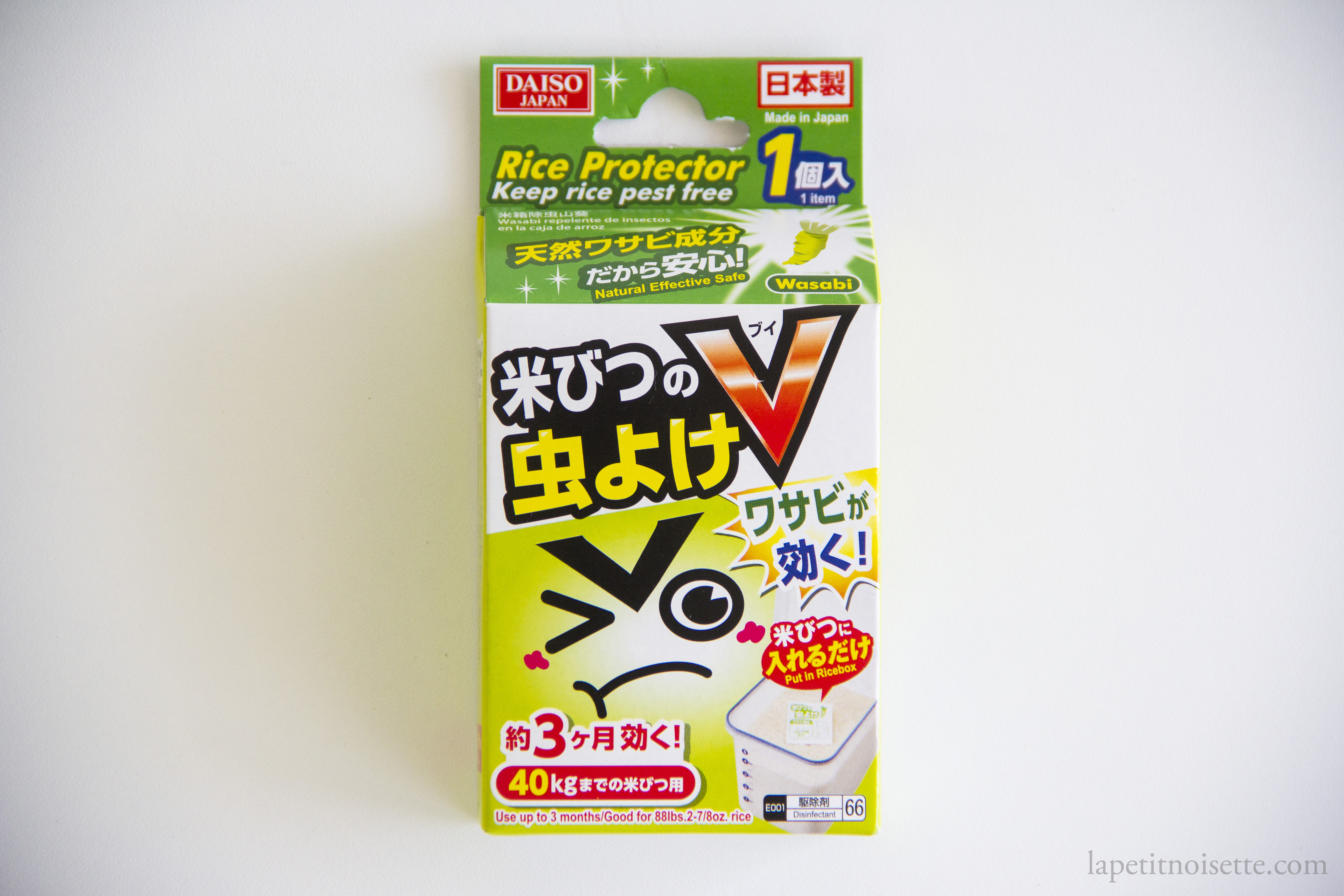
Possible issues with pests
The most common problem with a warabitsu being around rice all the time is that you occasionally get rice weevils (ココクゾウムシ) living in the straw. Rice weevils are a common pest in all rice eating countries and are harmless to eat. You can imagine that all the nooks and crannies between the weaved straw make it a very tempting place for rice weevils to hide and reproduce, and even though they don’t cause drastic damage to your warabitsu, there have been cases where they nibble ever so slightly on the straw and the last thing you want is a bunch of weevil eggs in between the straw.

The solution recommended by the maker of my warabitsu recommended that keeping it away from a moist environment would help keep the weevils away, such as placing it near traditional Japanese hearth (irori), but of course, nobody’s house inside Japan, let alone outside Japan will have such a thing.
Instead the easiest solution is to buy insect repellent and if your country has a chain 100 yen store like Daiso, it’s likely to sell rice weevil repellent packages too. I’ve also heard that sprinkling cypress oil or peppermint oil on the insides of the warabitsu helps, but I wouldn’t recommend it unless you don’t mind altering the smell of your warabitsu. After all, a large part of its appeal is its natural smell of straw.
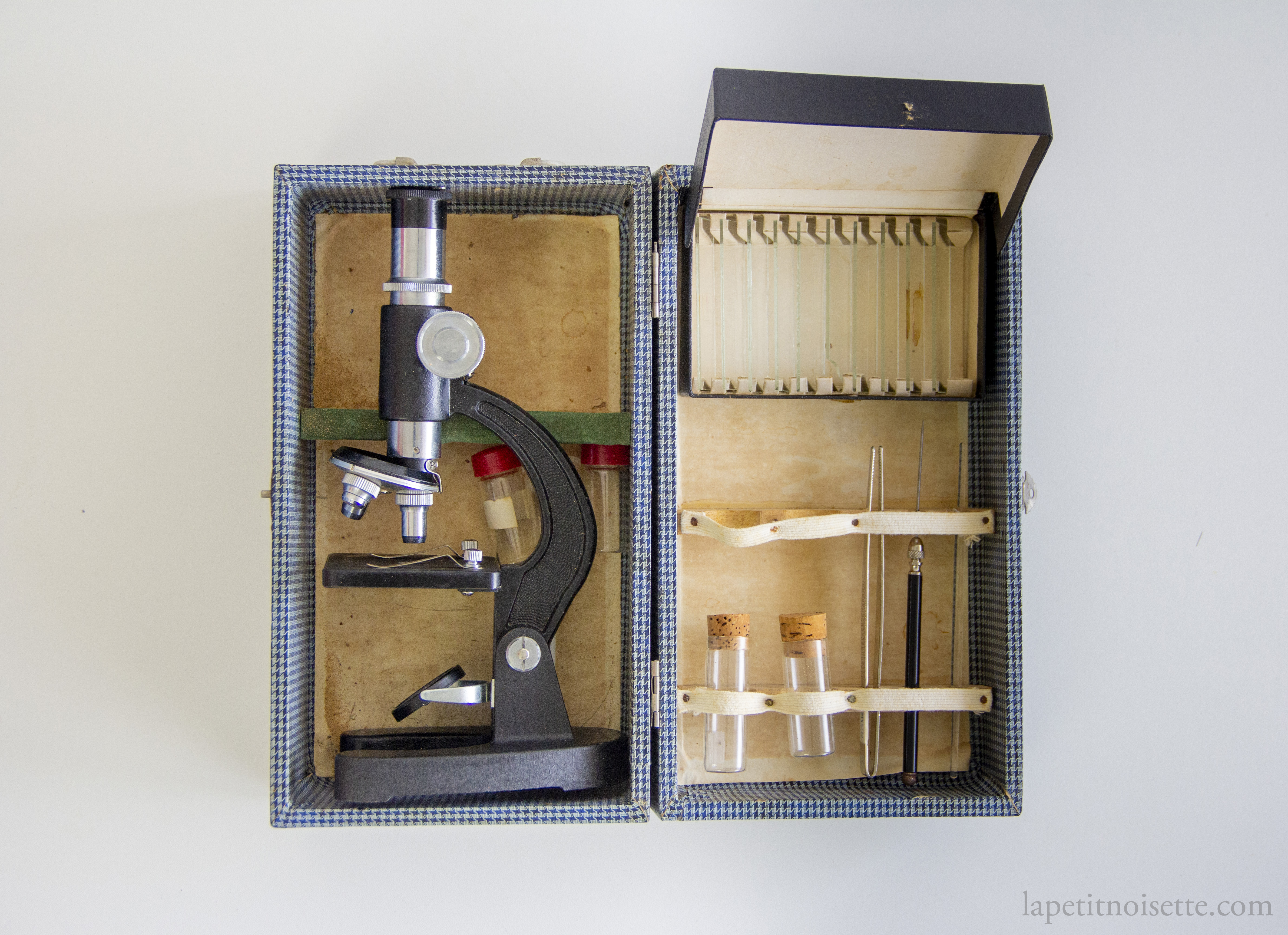
Out of curiosity, I took out an old light microscope in my house to inspect the rice weevils closer and manage to capture pictures of their tiny legs and mandibles. Though it didn’t provide any useful information, it did provide some interesting pictures.